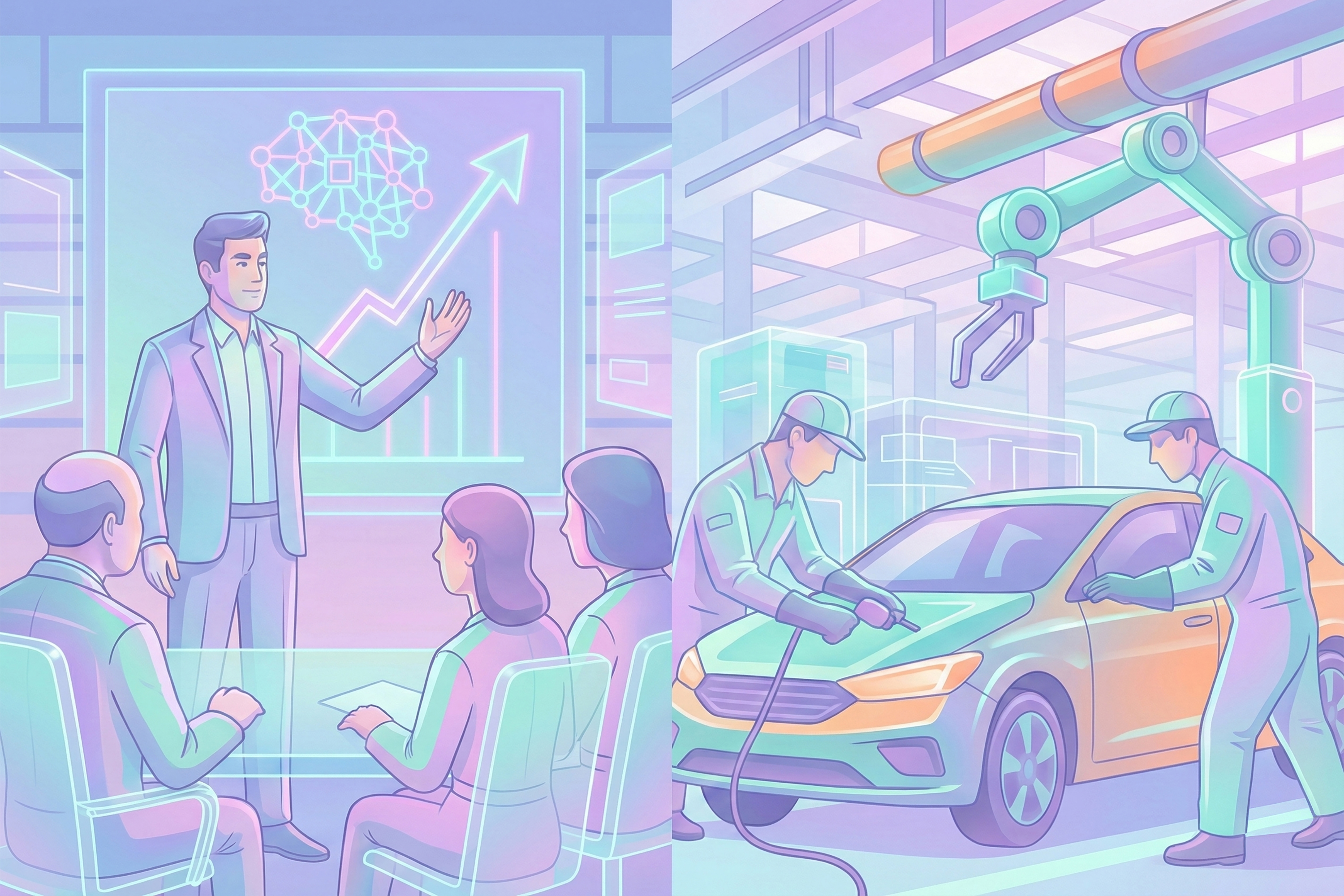
In just 15 years, Facebook has evolved from a dorm room fantasy, to a multibillion dollar marketing engine with 2.2 billion active users. However, 2017 may have marked a turning point in the company. With a falling customer count, accusations it fuels fake news, and heightened awareness surrounding the societal consequences of social media, Facebook and other social media giants may find themselves needing to redefine their purpose and their future.
The term context collapse describes the circumstance in which a network is so large, that no one wants to say anything, because the audience is too large and varied. On the scale of Facebook with its 2 billion users spanning every generation, this means that fewer people actually post or share things. Truly a consequence of its success, this phenomenon has resulted in Facebook becoming increasingly less of a social media platform, and more of a news outlet – video sharing platform, with original content posts falling by as much as 21% per year since 2014. Moreover, this issue is becoming a problem for social media at large. As companies such as Instagram and Twitter attract hundreds of millions of users, they too are presented with the issue of overcoming the context collapse. Data suggests that two solutions have evolved. For young people, the first reaction was to migrate to different platforms that other generations hadn’t inhabited yet (such as Instagram and Snapchat).This is an interesting trend, as it would suggest that social media could follow a cyclical trend in the future, whereby each new generation will demand anew platform on which to express themselves and overcome generational issues of the context collapse. Alternatively, instant messaging apps offer the opportunity to bypass the context collapse altogether by providing a much more personal environment, allowing you to choose who you send messages to, and tailoring specific groups. This can be seen in the rising popularity of WhatsApp, Facebook Messenger, and WeChat, as well as Snapchat. In all of these apps you can easily share material with specific audiences, individuals, or a tailored network of people. These more personal platforms could be a much more sustainable option than the first, and many have already become very popular, as seen by four of them being amongst the 10 largest social media platforms in the world today. As such, it is very possible that a middle ground between Facebook and instant messaging could emerge in the future. Another issue for social media is increased regulation. Following a major tech backlash at the concept of the filter bubble, and accusations of social media propagating fake news, regulators are hitting back at big data companies such asFacebook and Google. The European General Data Protection Regulation (GDPR), for example, will allow governments to impose enormous fines on companies for data and privacy violations. All this could mean the end of a ‘golden age’ of social media characterised by questionable privacy agreements, and heavy monetisation of users. The first signs are already coming into effect as Facebook begins clamping down on fake news, and aims to make friends the focus of the news feed once again - both of which may negatively impact the company’s finances. Moreover, Facebook COO Sheryl Sandberg announced major privacy changes in light of the GDPR which will apply to all of Facebook’s subsidiaries and platforms.

